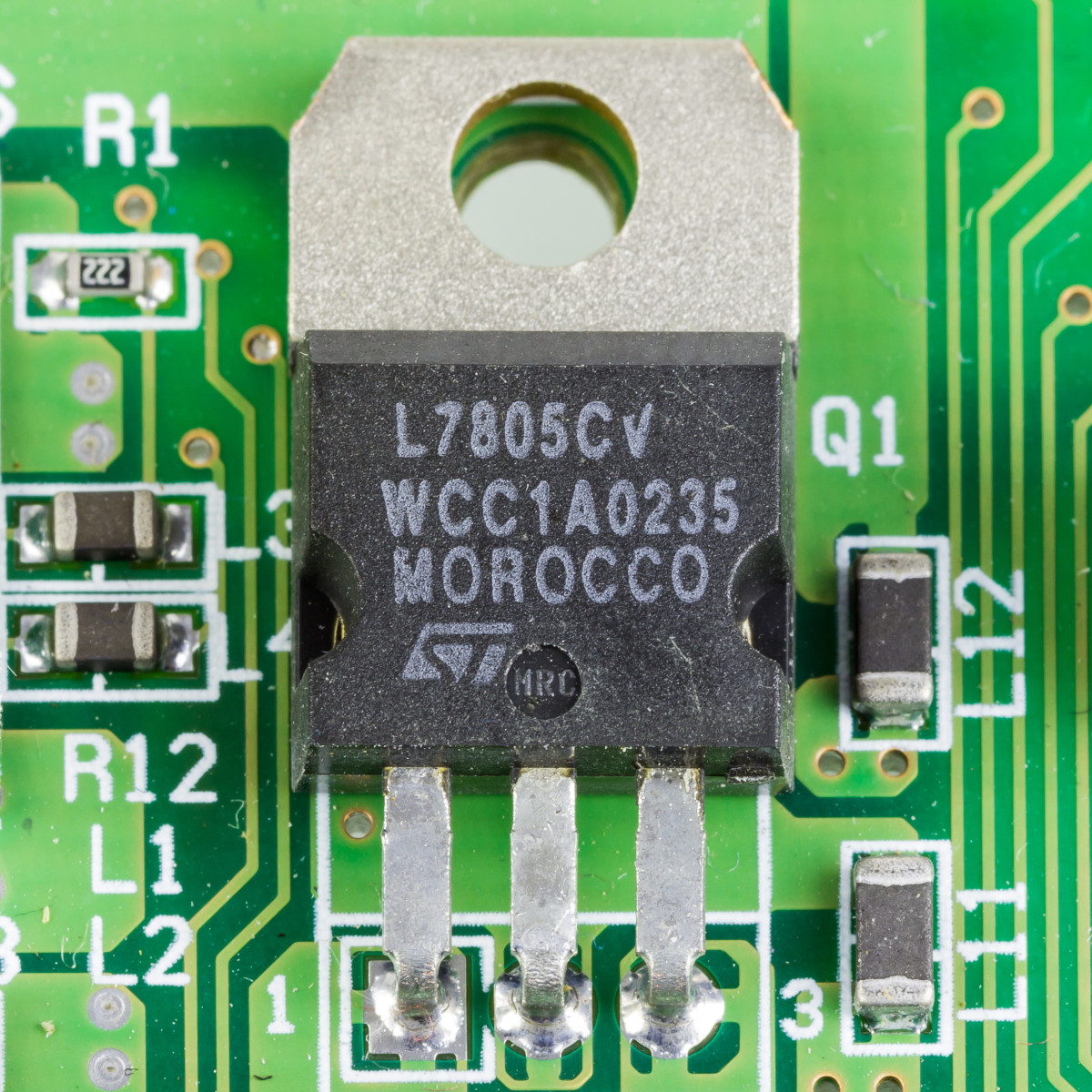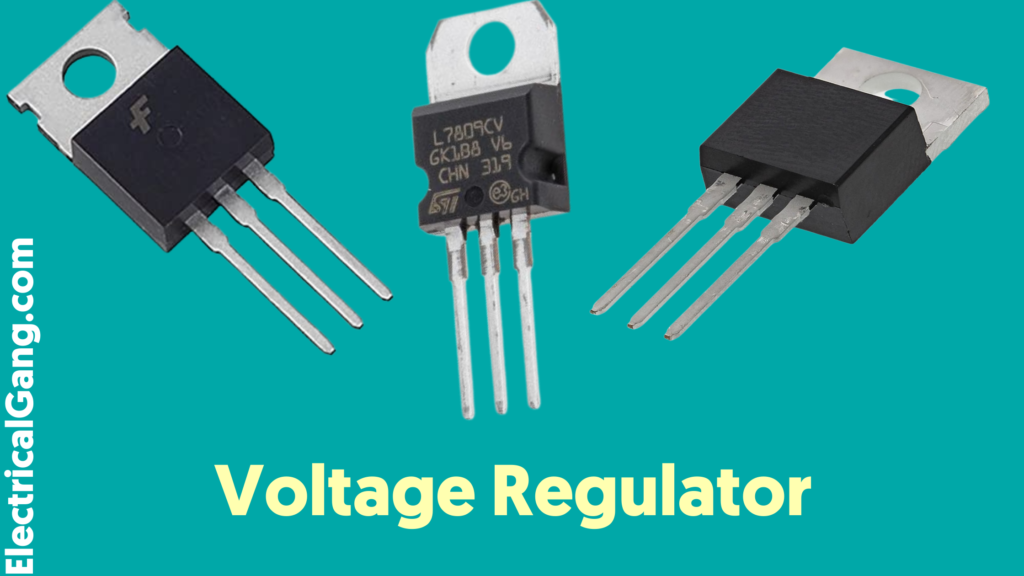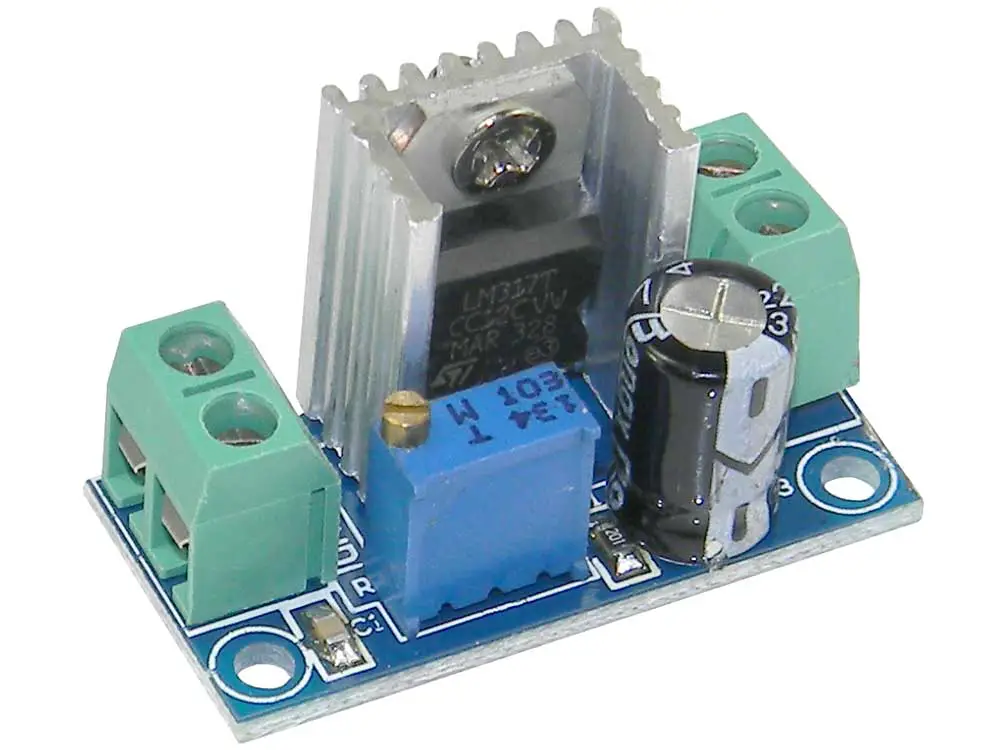
What Are Voltage Regulators Used For? Owlcation
Voltage regulators provide a constant output voltage from a higher or lower input voltage. In this blog, let's look at the variety of voltage regulators, how to choose them, and how Octopart data can help you make the decision to choose the right voltage regulator for your project.

Sevenstar AR1000 Automatic Voltage Regulator AR1000 B&H Photo
For example the 7805 linear regulator requires an input voltage of 2 volts higher than the output (i.e. 7V input), and I like to add 1V as a margin of tolerance to make it more reliable. Adding the voltage drop of the (diode) bridge rectifier (1.4V), you want 9.4V peak-peak Vac from the power transformer.

What is a Voltage Regulator? Types of Voltage Regulator
This means, in order to use the Zener diode as a voltage regulator of the specified nominal voltage, it must be passing the stated I z current, plus or minus a milliampere or so. Thus, for the BZV55-4V7, the resistance used must be calculated such that it allows approximately 5 mA at (Vcc - 4.7) Volts.

220V AC 2000va Automatic Voltage Regulator for Home Appliance China Relay Type Automatic
A voltage regulator is a device with a simple feed-forward design and it uses negative feedback control loops. Voltage Regulator There are mainly two types of voltage regulators: Linear voltage regulators and switching voltage regulators; these are used in wider applications. The linear voltage regulator is the easiest type of voltage regulator.

What is a Voltage Regulator Types of Voltage Regulator Working of Voltage Regulator
7805 is a three terminal linear voltage regulator IC with a fixed output voltage of 5V which is useful in a wide range of applications. Currently, the 7805 Voltage Regulator IC is manufactured by Texas Instruments, ON Semiconductor, STMicroelectronics, Diodes incorporated, Infineon Technologies, etc.

4000VA Automatic Voltage Regulator BK Miami
DC-DC Converters and Voltage Regulators; Gate Drivers; High-Reliability Power Management; PMIC - Power Management ICs; Power Check Design Service; Power Modules;. PIC® MCUs; AVR® MCUs ; 16-bit MCUs; View All; PIC24F GU/GL/GP MCUs; PIC24F GA MCUs; PIC24F GB MCUs; PIC24F GC MCUs; dsPIC® DSCs; View All; dsPIC33C DSCs;

1000VA Automatic Voltage Regulator BK Miami
Parts of a Voltage Regulator. Generally, a Voltage Regulator circuit consists of three parts: The control circuit (pass element): It checks the magnitude of unregulated voltage and passes regulated voltage as output. The Sampling circuit: It samples a proportion of the output voltage and compares it to the reference voltage.; The Comparator circuit: It compares the feedback signal with a fixed.

How to Choose a Voltage Regulator 6 Factors to Consider
In a voltage-mode controlled regulator, the PWM signal is generated by applying a control voltage (V C) to one comparator input and a sawtooth voltage (V ramp) (or "PWM ramp") of fixed frequency, generated by the clock, to the other (Figure 1). The duty cycle of the PWM signal is proportional to the control voltage and determines the.

Avr Generator Full Metal Wall Mounted Automatic Voltage Regulator
A voltage regulator is a system designed to automatically maintain a constant voltage. It may use a simple feed-forward design or may include negative feedback. It may use an electromechanical mechanism, or electronic components. Depending on the design, it may be used to regulate one or more AC or DC voltages.

Understanding Voltage Regulation in Power Supply Voltage Regulator Circuit Diagram
1. Zener Controlled Transistor Voltage Regulator A zener controlled voltage regulator is used when the efficiency of a regulated power supply becomes very low due to high current. There are two kinds of zener controlled transistor voltage regulators. Zener Controlled Transistor Series Voltage Regulator

Voltage Regulator IC full Detail and How To Use All Types YouTube
CPU Core Voltage Some PIC MCUs such as "J" type devices (ex. PIC18F87J90 or PIC24FJ64GA004) use sepa-rate power for CPU core. These devices have an internal voltage regulator that can be used to provide the core voltage. Alternatively, the core voltage can be provided externally by disabling the internal regulator. In some cases, it is more

Automatic Voltage Regulator_PRODUCTSJNVO
References. A voltage regulator generates a fixed output voltage of a preset magnitude that remains constant regardless of changes to its input voltage or load conditions. There are two types of voltage regulators: linear and switching.A linear regulator employs an active (BJT or MOSFET) pass device (series or shunt) controlled by a high gain.

3000VA Automatic Voltage Regulator BK Miami
Switching voltage regulators work by making use of the energy storage properties of a capacitor and an inductor. To control the charge and discharge of these components, we use diodes and transistors. Diodes As we discussed in AddOhms #8, diodes only allow current to flow in one direction. Later, we'll see what that is important.

5000VA Automatic Voltage Regulator BK Miami
The Voltage regulators is called a buck converter or step down voltage regulators. It's a type of DC-DC converter, so it accomplishes the task using a few transistor switches and an inductor. It's quite similar to a boost converter, but the placement of the inductor and transistor are switched.

1000VA Automatic Voltage Regulator BK Miami
It subtracts the voltage of the inverting input from the voltage of the non-inverting input, then multiplies it by a factor called gain. By default, the gain is an arbitrarily high number called the open-loop gain of the amp.

Automatic Voltage Regulator (DUH500VA RED)
PIC as a Buck regulator 5v to 3.3v converter. (PIC 12F629 or 12F675) can be set to a low voltage (about 0.1v) and the PIC programmed to oscillate about this point. The result below is a LED constant current Buck driver that should work ok provided the input voltage is regulated.